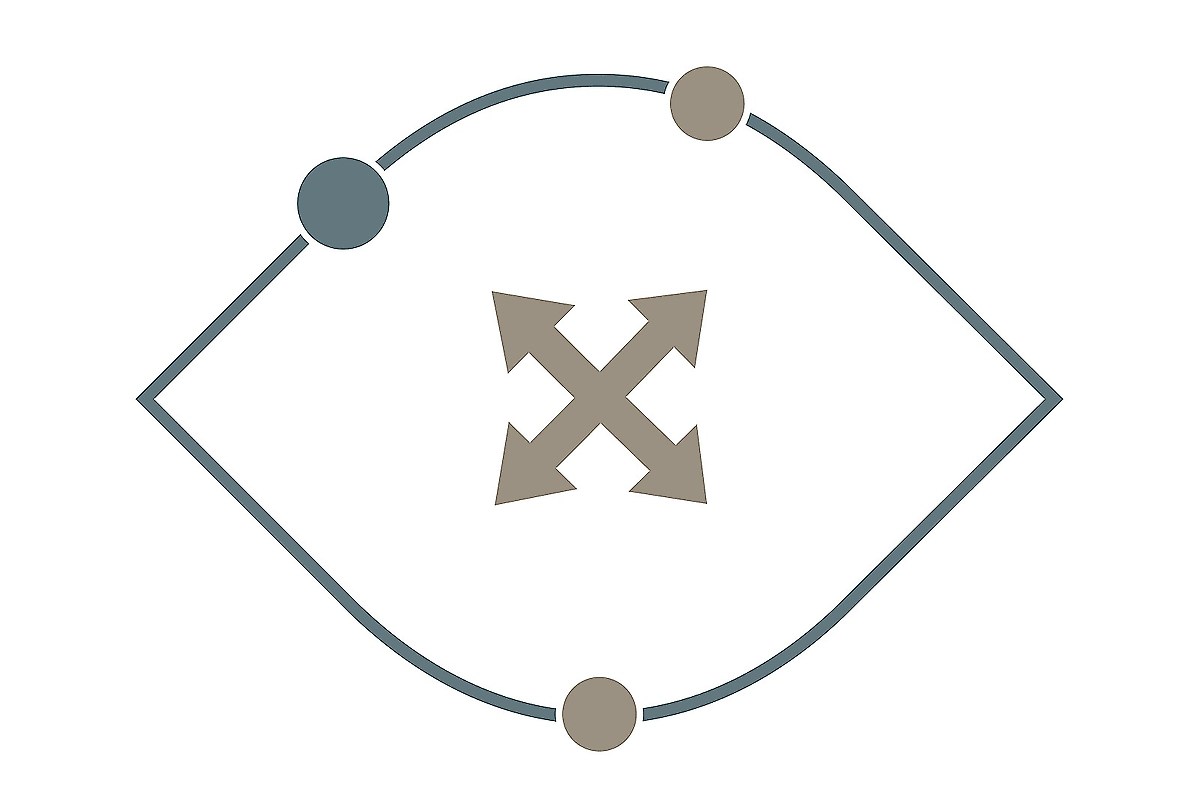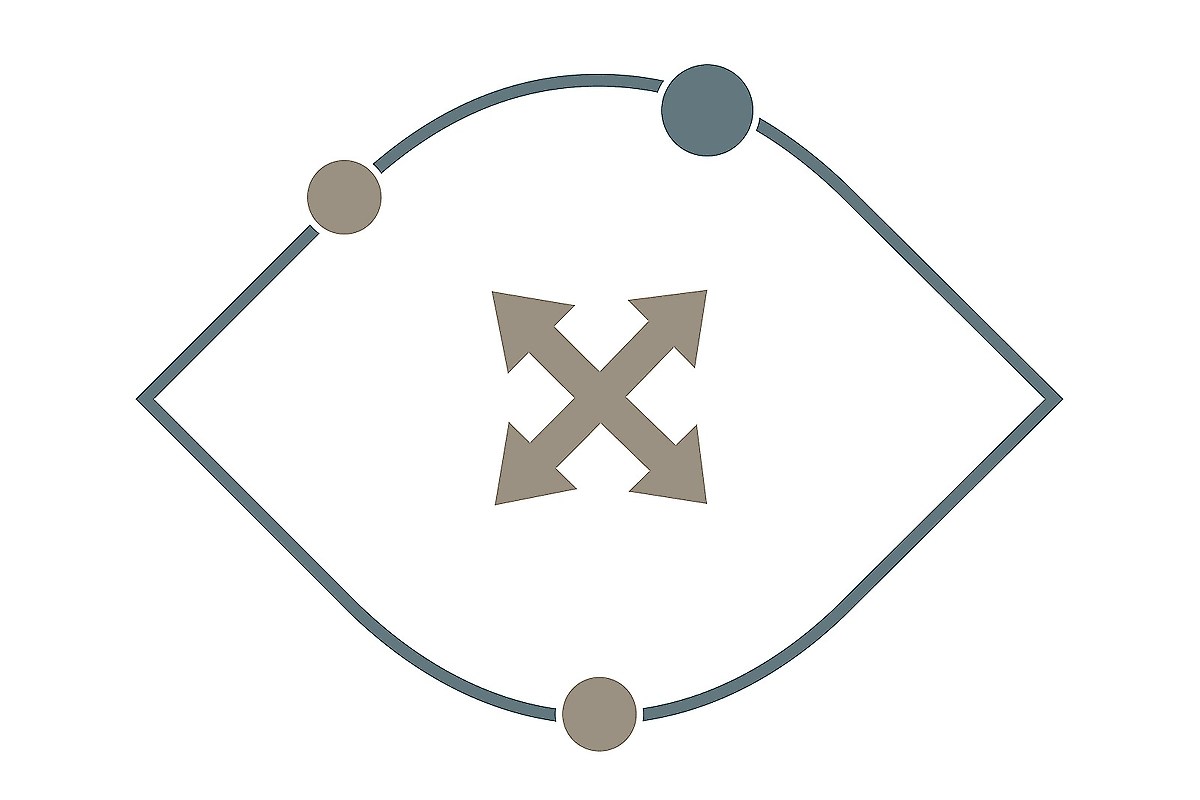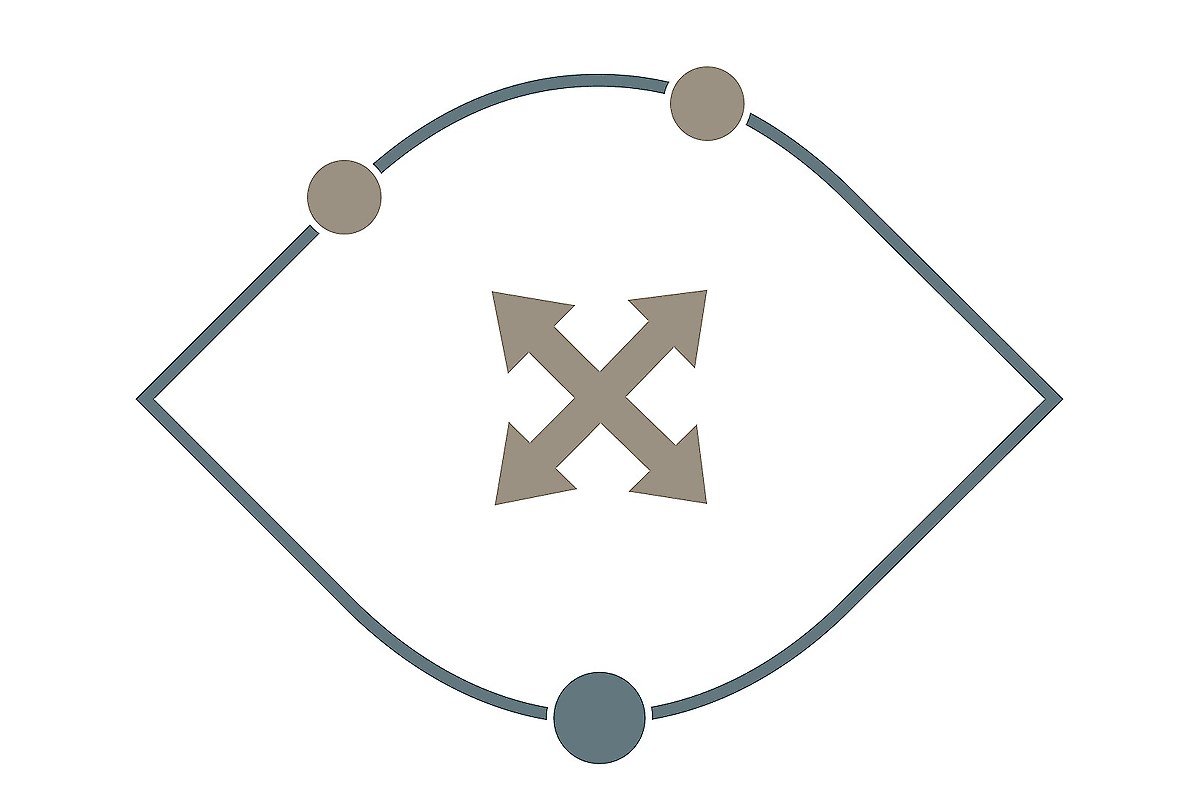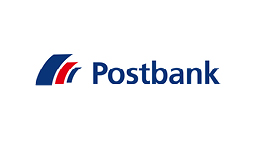Considering data as an equal asset of a company and treating it accordingly is a competitive factor in the digitalised world. Data forms the basis for cost efficiency and growth through new or optimised business functions such as fraud detection, customer self-service, predictive maintenance, risk modelling, churn prediction and many other use cases. Data-driven companies have the necessary capabilities to use such functions economically. They fulfil the cultural, methodological, organisational and technological prerequisites to use data more diversely, intelligently and efficiently. In the past, companies from different industries have begun to build these capabilities. In the following, one aspect of this is presented, namely the systematic development of a corporate data platform.

Analytics Platform Framework
One ring to rule them all
Develop your potential
Platform Strategy
The development of a company-wide data platform is not a purely technological project, but must also be considered from the perspectives of strategy, organisation and processes. This results in a high complexity of the overall project, which can be planned from two directions: Strategic and long-term development of a data platform (risk: ivory tower) or added value-focused development of autonomous use cases (risk: reinventing the wheel).

Both approaches have advantages, but in an extreme form they also lead to different risks: Finally, the following core requirements apply to the set-up to minimise risks and focus on profitability:
- 1. the set-up must be balanced in order to minimise risks.
- 2. the build-up must generate value contributions at an early stage to enable the overall high investment in new capabilities.
A logical approach therefore consists of an iterative approach in which both cross-cutting requirements for a generic data platform and application-specific requirements of real use cases are implemented in parallel, so that word creation and platform building are combined. With our framework for building an enterprise-wide data platform, we address both risks together with you and determine the balance between strategy and rapid added value.
Data Engineering
From the technical description to valid source code - with data engineering, your data-driven services can be brought to life. Our certified architects and engineers implement multi- and hybrid cloud platforms of the most popular hyperscalers and know exactly for which functionalities the managed services should be used and when an in-house implementation brings advantages.

Big data architecture
The functional architecture is an important element for the implementation of the iterative strategy approach. The functional architecture contains functional components, it describes "what" a data platform should do. In contrast to the frequently encountered technology-oriented visualisations of data platforms, the stringent view offers the essential advantage that the evaluation and consideration of the data platform is made possible through different dimensions of observation. In this way, the functional architecture is used to analyse organisational, technological and process-related effects on a company and thus to provide targeted control and goal-oriented development in accordance with the company's capabilities.

The deliberate decoupling of technologies additionally ensures the transferability to different solution scenarios and the permanent work on the platform in a technically and methodologically fast-changing world. Together, we first define what capabilities your platform needs to have and then settle on a multi- or hybrid cloud-capable technology stack.
Get started today
No one knows your current business model, the challenges, processes and also the potential better than you. In a joint interaction room:analytics with the business department, IT and management, we focus this knowledge and jointly model the functional view of your analytics platform.
Companies are faced with the challenge of gaining new insights from data and taking the step from descriptive analysis to innovative and data-driven services. adesso advises you on these projects and has identified two proven strategies in numerous customer projects. Starting with the Interaction Room ensures that value-driving requirements are captured qualitatively. The decision which strategy is the right one for you is made on the basis of the requirements and is an important aspect in anchoring your platform strategy.
The workshop focuses on the functions of your analytics platform, organisational and process-related effects, technical framework conditions and the prioritisation of use cases for rapid added value.
Do you have any questions?
There is no website or brochure which can replace a personal meeting to talk about your goals and topics. We are looking forward to an appointment on site.





